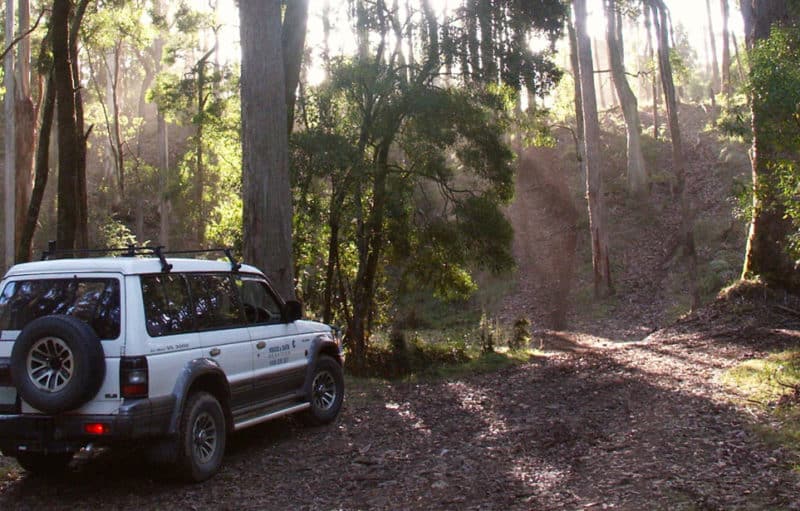PARK WATCH March 2017 |
A new jetty has been proposed for the Quarantine Station in the Point Nepean National Park master plan. It would have a devastating effect on the endangered burrunan dolphin, as Judy Muir explains.
Port Phillip Bay is one of two areas where the endangered burrunan dolphin Tursiops australis lives; the other is at Lakes Entrance. The bay has an effective population of 89; there are fewer at Lakes Entrance.
The Ticonderoga Bay Sanctuary Zone off Point Nepean’s Quarantine Station is significant for the burrunan dolphins’ food, socialising, breeding and maternal pods. It offers a deep drop off used as a ‘fishing wall’ shown in the above photo – that’s how dolphins herd fish.
The zone also offers shelter in south-westerly gales for maternal pods, and it is an area where whale watching laws apply – in the case of tour operators, they preclude any interaction for 200 metres shoreline to seaward.
The importance of the Sanctuary Zone is supported by science, as is the notion of setting aside marine protected areas. The other important area in the bay is from Blairgowrie to Tyrone-Rye, but where a fourth ramp is proposed for use by boats and jet-skis. This too will impact heavily on the dolphins as they use the area for socialising, including breeding.
The justification for recreating the jetty that once stood at the Quarantine Station is for historical reasons. But it is not intended that park visitors re-live the horrors of landing passengers from disease-ridden vessels on to a wild and frighteningly foreign land or taking corpses and the near-dead ashore. History? The arguments for this intrusion are not justified.
The early European use and development of Point Nepean was a very tragic part of local history. A camp of the Boon Wurrung/Bunurong people was brutally invaded by sealers in the early nineteenth century, women were kidnapped and the community dispossessed of their land and sources of food.
Families from overseas arrived at the Quarantine Station in the 1850s with very few possessions and often with fewer family members than when embarking on their voyage. If history is the premise for rebuilding a jetty, then be true to the story.
Sound and light shows ashore can recreate the events of 150+years ago. Back then the early explorers state that the bay was alive with thousands of whales and dolphins. It was densely populated with marine life – the sighing of whales was a cacophony.
We now have isolated populations in which female philopatry (they stay in or habitually return to the area) is evident. This matriarchal pod is destined to live here. The pod will not move out, they will die out. The need to have the Ticonderoga Bay Sanctuary Zone is never more important. (There are no longer resident pods in Botany Bay or Sydney Harbour).
Port Phillip Bay is just a sheet of water over which money passes, much as a bank teller’s counter in days of yore. It’s a speedway with no laws and no policing. There is little consideration of the column of water, the exquisite yet fragile ecosystems or of the amazing richness and diversity in these southern waters. Wildlife is now the wild lifestyle of humans freed from responsibilities for their actions.
At a pre-season Department of Land. Water and Planning meeting with wildlife operators, Parks Victoria officers noted that when on patrol they would approach recreational boaters about breaking the law (be it speeding close to shore, harassing wildlife, being close to dolphins etc.) and the vessel would then move on. But the same vessel would be picked up again and again, some days for the same behaviors that day in a different area.
We need to stir the planners to change what seems to be a concerted effort to put tourism expansion ahead of any other needs despite the degradation of the very environment that was, in itself, the attraction. And that means a jetty should not be built at the Quarantine Station.
Judy Muir OAM and her family run the award-winning Polperro Cruises in southern Port Phillip Bay.
Get more stories from Park Watch
This story first appeared in the March 2017 edition of our magazine Park Watch.

